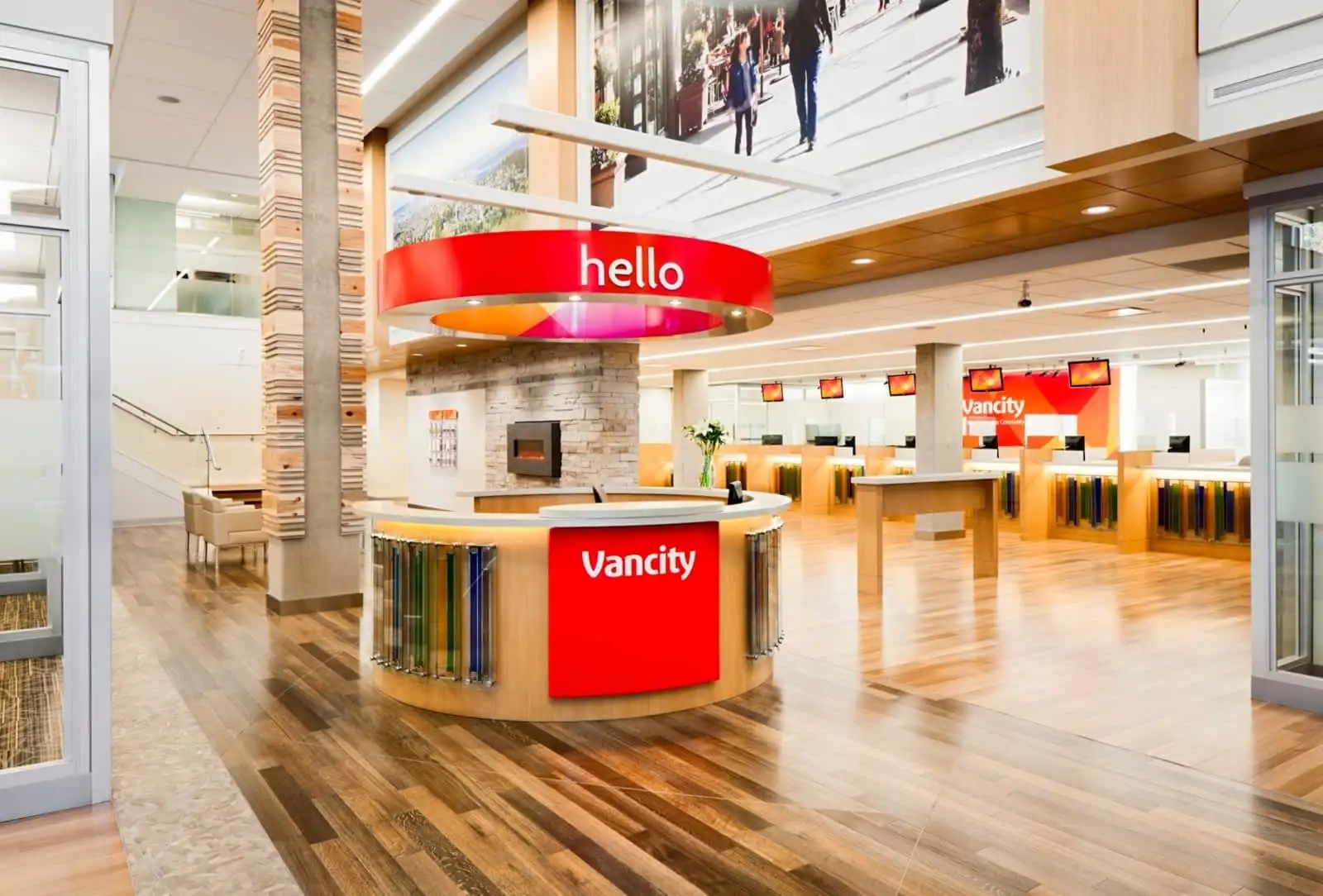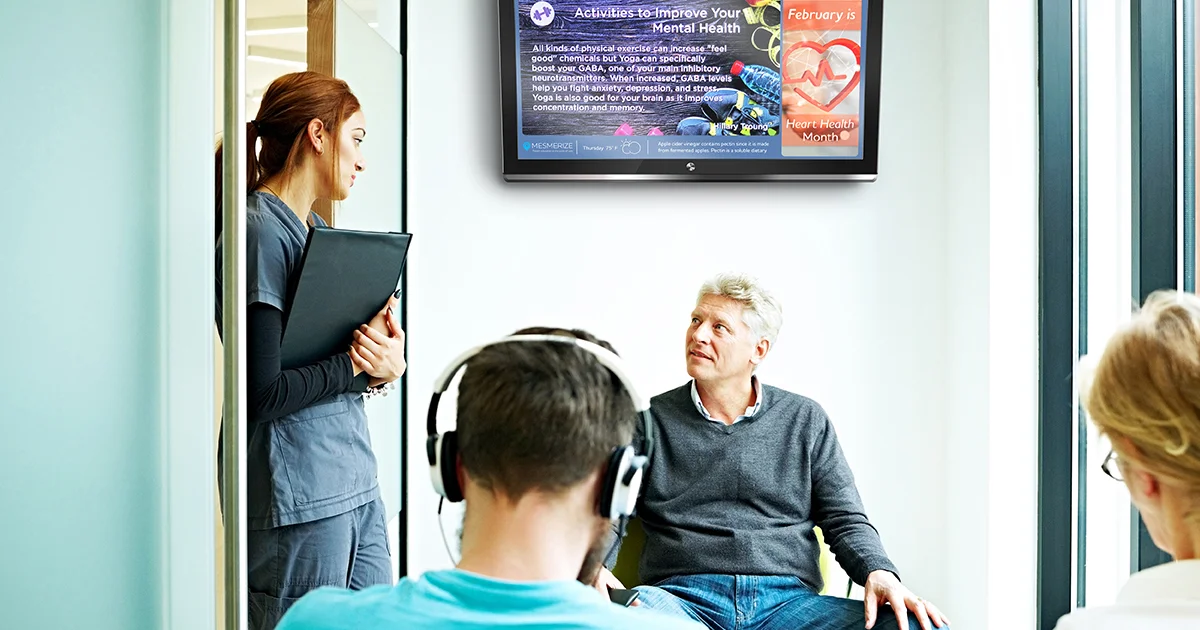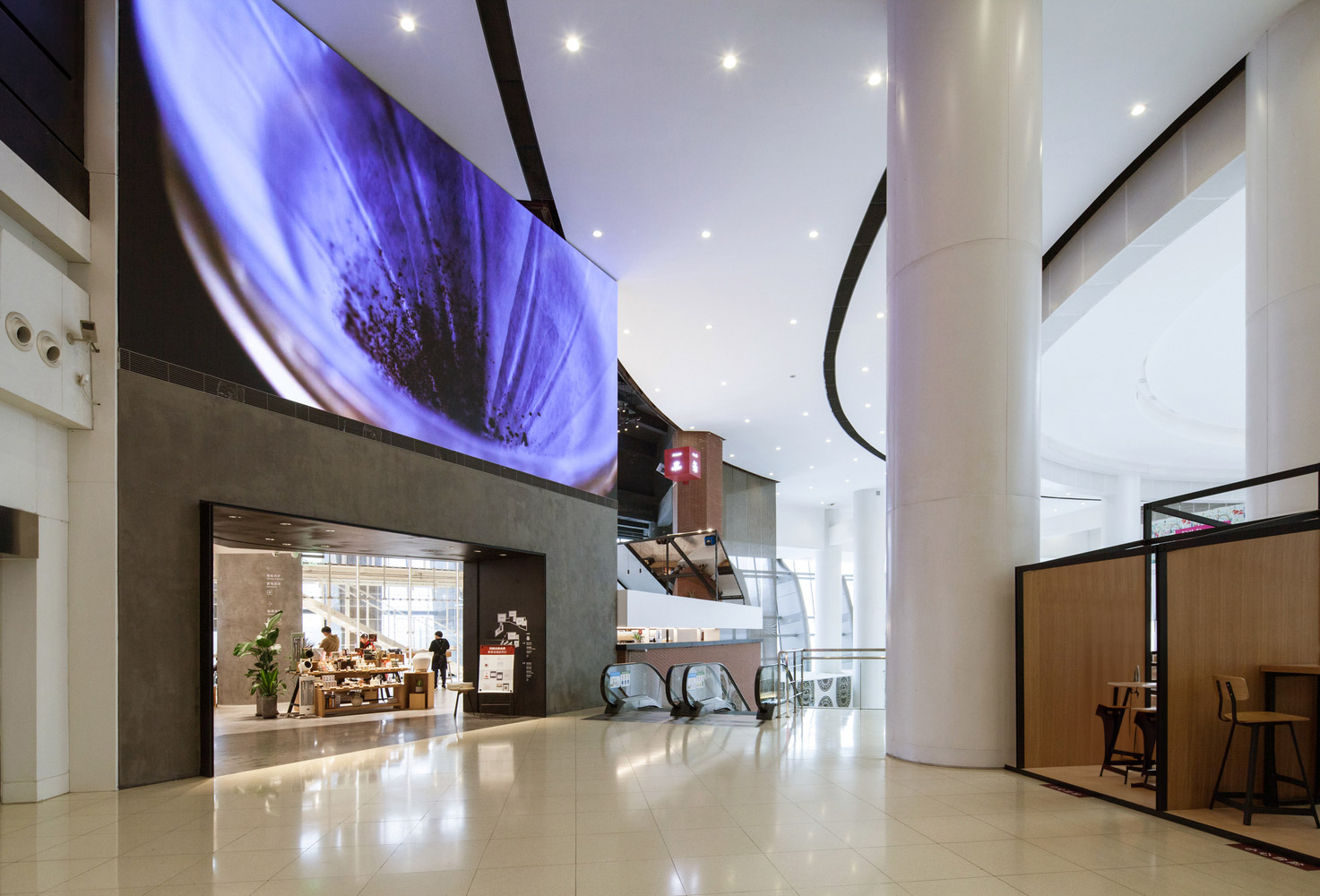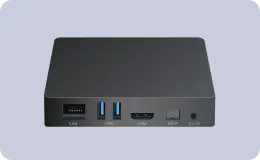Maximizing University Campus Kiosk Benefits
WRITTEN BY: TelemetryTV, 05-08-2024
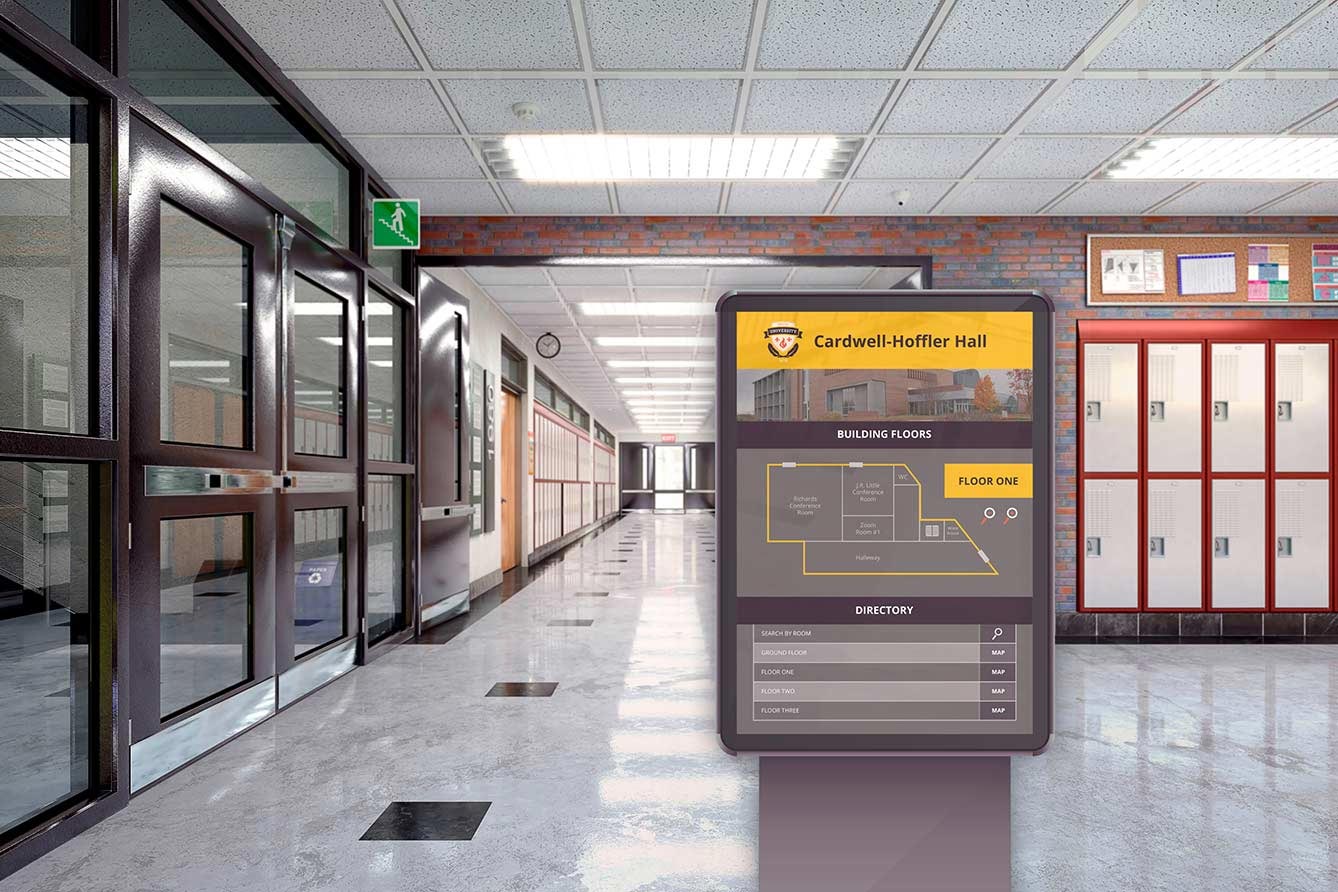
Campus kiosks are transforming the way students interact with university services, providing a seamless blend of convenience and efficiency right at their fingertips. From streamlining the enrollment process to reducing wait times at administrative offices, these high-tech stations are pivotal in enhancing student experiences.
For instance, interactive kiosks can quickly inform students about upcoming campus events and important deadlines, eliminating the need to queue for information. Additionally, self-service features facilitate course registration and fee payments, boosting operational efficiency and freeing up valuable time for both students and staff. Discover how these versatile tools can revolutionize your educational institution in our latest blog post.
Types of Digital Kiosks in Education and their Benefits
Kiosks in Higher Education come in a variety of forms, each providing unique benefits to students and university administration alike. Let's delve into the different kinds of kiosks and the benefits they offer.
Self-service Booking Kiosks
Self-service booking kiosks streamline the reservation process for additional university services like study rooms, sport facilities, and more. They optimize operations, reducing the need for staff involvement in these bookings. For university administrators, this leads to a more efficient reservation process, freeing up staff time for other responsibilities, and may improve student satisfaction due to the convenience of self-service bookings.
Wayfinding Kiosks
These kiosks simplify navigation in large educational environments by offering maps and directions. They guide students to their desired locations within a campus. By facilitating easier navigation, they enhance the student experience. University administrators also benefit as these kiosks can direct students to specific amenities or facilities, potentially boosting usage.
Digital Signage Kiosks
Digital signage kiosks use large digital displays for advertising, promoting available courses or services, or providing dynamic content related to the institution or local events. They offer a flexible and eye-catching way to communicate with students, which can lead to increased enrollments, enhanced university recognition, and improved student engagement.
Cafeteria Kiosks
Cafeteria kiosks in universities streamline the meal ordering process, reducing queues and improving operational efficiency. They provide a visual menu for easier selection, offer meal customization, and promote healthier choices, enhancing the dining experience in higher education.
Information Kiosks
These kiosks provide crucial information about the campus, services, or the institution, enhancing the student experience by making it more informative and efficient. For university administrators, these kiosks act as a virtual information center, delivering essential details that can boost enrolments and enhance student satisfaction.
Obstacles and Resolutions
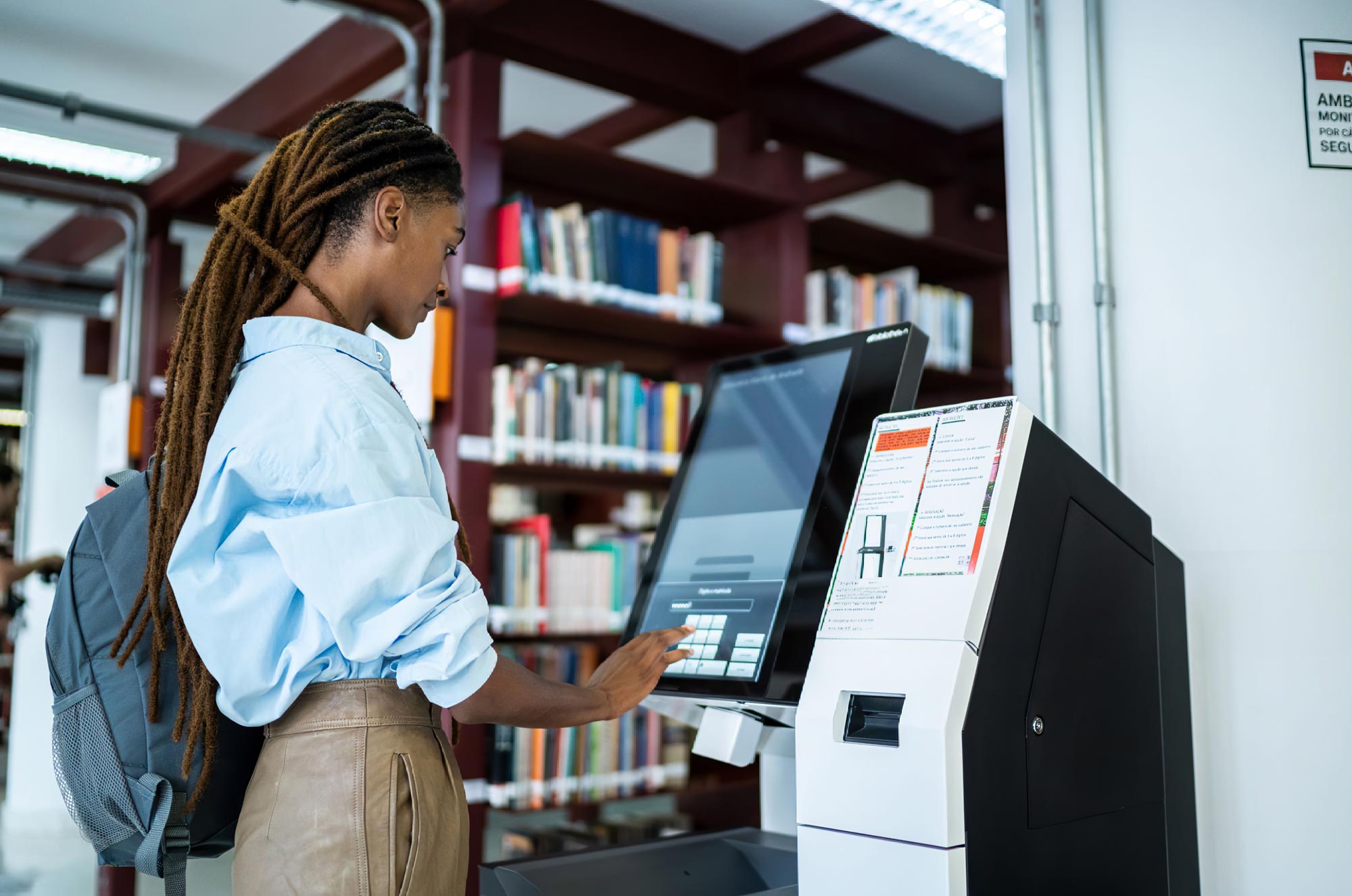
Despite their benefits, campus kiosks face challenges like remote management, regular updates, and custom application execution, necessitating a robust digital infrastructure for secure and efficient operations.
Remote Supervision and Management
Sophisticated software solutions like TelemetryTV allow for the remote supervision and management of kiosk systems, ensuring they operate seamlessly, exhibit the accurate information, and remain secure against unauthorized usage or cyber threats.
Prompt Updates and Tailor-Made App Deployments
Regular updates are crucial for preserving the functionality and security of kiosk software. Tailor-made app deployments can be made straightforward through TelemetryTV’s PaaS capabilities, allowing educational institutions to swiftly introduce new features or content to their kiosks.
User Interface and Accessibility
Designing instinctive and accessible interfaces is crucial to ensuring that all students can utilize the services offered by campus kiosks. This involves frequent usability assessments and updates based on student feedback.
Data Protection and Privacy
Ensuring student data protection is vital for kiosks handling transactions. This is accomplished through robust encryption, secure payment portals, and strict compliance with data protection rules, offering a strong barrier against data breaches.
Overcoming Student Resistance to Technology
To overcome student resistance to new technology, educational institutions should educate students, provide clear instructions, and underscore the benefits of the kiosks. On-site support, an instinctive design, and gradual implementation can assist students in adapting.
Approaches for Kiosk Deployment in Higher Education
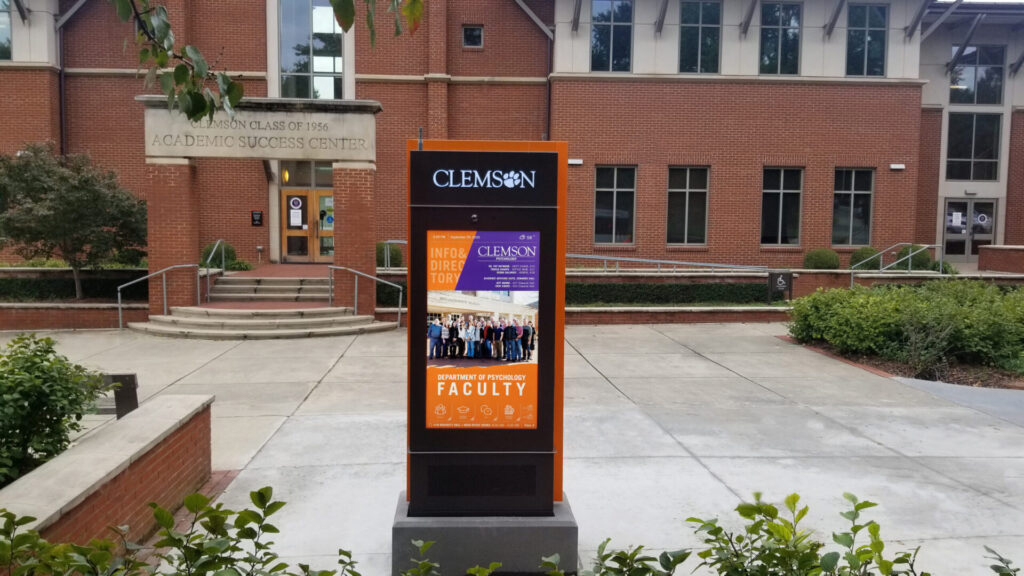
Implementing a successful kiosk initiative in the higher education sector requires an all-encompassing plan. This entails defining precise goals and milestones, selecting the appropriate type of kiosk, making strategic decisions about location and design, integrating with existing university systems, and employing the right software for content and device control.
Establishing Goals and Milestones
The cornerstone of an effective kiosk deployment strategy is the accurate delineation of its objectives. Educational institutions must clarify what they seek to achieve—be it enhancing student experience, expediting transactions, or marketing specific resources. Moreover, setting measurable milestones, like reduced queue times, increased usage per kiosk, or improved student satisfaction scores, enables an assessment of the kiosks' efficacy in meeting the institution's strategic aims.
Choosing the Suitable Kiosk
The variety of kiosk selected should align with the university's defined objectives. Be it self-service booking, information kiosks, digital signage, or wayfinding kiosks, each serves distinct functions and caters to diverse student needs. Gaining a deeper understanding of the target audience and their preferences facilitates a more informed selection process, ensuring the kiosks enhance the student experience.
Decisions for Placement and Design
The location of kiosks within an educational setting is vital. Strategically placed kiosks can draw more users, heighten visibility, and ensure easy access. Considerations should encompass areas of high footfall, closeness to related services, and compatibility with the overall campus layout to promote interaction and usage.
Integration with Existing University Systems
For kiosks to deliver maximum value, they need to integrate seamlessly with the existing systems within the university. This includes scheduling systems, point-of-service (POS) systems, student relationship management (SRM) software, and more. Integration guarantees real-time data exchange, a consistent student experience across different touchpoints, and streamlines operations.
Software for Content and Device Control
Efficient kiosk operation relies on robust software that enables remote control of content and device functionality. TelemetryTV is beneficial in this regard because it provides comprehensive capabilities for content modification, custom app creation, device monitoring, and analytics. By using TelemetryTV, higher education institutions can keep their kiosks updated with the most current information, ensure optimal operation, and gain insights into usage trends and student preferences.
Conclusion
University kiosks combine technology and traditional practices to enhance service and performance. They create an engaging student experience with features like self-service booking and digital signage, while also improving efficiency, simplifying staffing, and generating student insights. Nevertheless, challenges such as remote control, data security, and user-friendliness do exist. Addressing these challenges with careful planning, suitable technology, and seamless integration can unlock the immense potential of university kiosks, benefiting both educational institutions and students.



